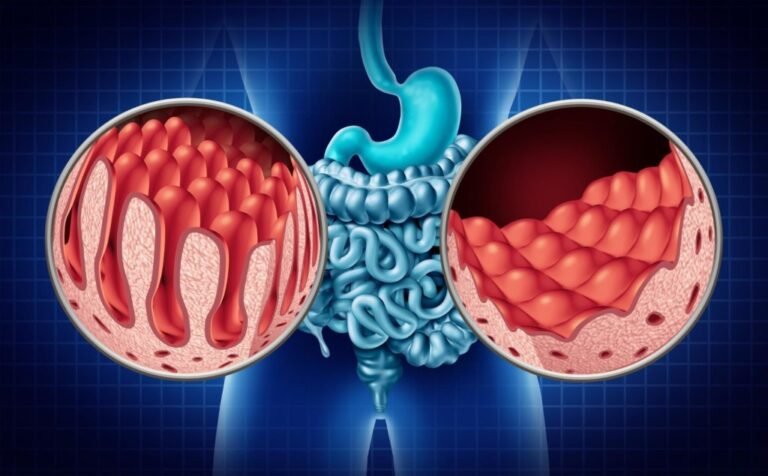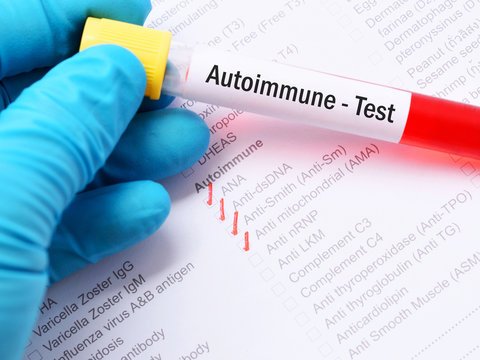Thyroid Function Tests
WHAT IS THE THYROID GLAND?
The thyroid gland looks like a butterfly and sits in the lower front of the neck. It makes thyroid hormones, which go into the blood and travel all around the body. These hormones help the body use energy, stay warm, and keep the brain, heart, muscles, and other organs working properly.
HOW DOES THE THYROID GLAND FUNCTION?
The main hormone from the thyroid gland is called thyroxine or T4. This hormone has four iodine atoms. It changes into another hormone called triiodothyronine or T3 by losing one iodine atom. This change mostly happens in the liver and in certain body parts where T3 works, like the brain.
The thyroid gland makes T4, and how much it makes is controlled by another hormone from the pituitary gland in the brain. This hormone is called thyroid stimulating hormone or TSH. If the brain senses there’s not enough T4, it tells the thyroid to make more by releasing more TSH. When there’s a lot of T4 in the body, the brain stops releasing TSH. This process is a bit like a heater and a thermostat. If it’s cold, the thermostat turns on the heater, and when it’s warm enough, the thermostat turns the heater off.
T4 and T3 usually travel in the blood while attached to certain proteins. Sometimes, changes in these proteins can affect how much T4 and T3 are measured. This can happen during pregnancy or when using birth control pills. The “free” T4 or T3 is the hormone that isn’t attached to these proteins and can affect the body.
Tests are available to measure these hormones in the blood. They can help check if the thyroid is working well:
TSH Tests: The first test usually done is to measure TSH in the blood. TSH changes early, before thyroid hormones go too high or too low. High TSH means the thyroid isn’t making enough hormone (hypothyroidism). Low TSH means the thyroid is making too much hormone (hyperthyroidism). Sometimes, low TSH can happen because of a problem with the pituitary gland.
T4 Tests: T4 is the main hormone in the blood. Total T4 measures all of it, while Free T4 measures the part that isn’t attached to proteins. Free T4 tests combined with TSH tests give a better idea of thyroid function.
T3 Tests: T3 tests help diagnose hyperthyroidism, when the thyroid makes too much hormone. High T3 levels show this. Sometimes, T3 can be high while TSH is low, and Free T4 is normal.
Free T3: Measuring Free T3 is possible, but it’s not always reliable or useful.
Reverse T3: This is a similar protein to T3 but inactive. It doesn’t help much in figuring out if someone has thyroid problems.
Remember, these tests help doctors understand how the thyroid is working and if there’s a problem.
WHAT IS THE THYROID GLAND?
The thyroid gland looks like a butterfly and sits in the lower front of the neck. It makes thyroid hormones, which go into the blood and travel all around the body. These hormones help the body use energy, stay warm, and keep the brain, heart, muscles, and other organs working properly.
HOW DOES THE THYROID GLAND FUNCTION?
The main hormone from the thyroid gland is called thyroxine or T4. This hormone has four iodine atoms. It changes into another hormone called triiodothyronine or T3 by losing one iodine atom. This change mostly happens in the liver and in certain body parts where T3 works, like the brain.
The thyroid gland makes T4, and how much it makes is controlled by another hormone from the pituitary gland in the brain. This hormone is called thyroid stimulating hormone or TSH. If the brain senses there’s not enough T4, it tells the thyroid to make more by releasing more TSH. When there’s a lot of T4 in the body, the brain stops releasing TSH. This process is a bit like a heater and a thermostat. If it’s cold, the thermostat turns on the heater, and when it’s warm enough, the thermostat turns the heater off.
T4 and T3 usually travel in the blood while attached to certain proteins. Sometimes, changes in these proteins can affect how much T4 and T3 are measured. This can happen during pregnancy or when using birth control pills. The “free” T4 or T3 is the hormone that isn’t attached to these proteins and can affect the body.
Tests are available to measure these hormones in the blood. They can help check if the thyroid is working well:
TSH Tests: The first test usually done is to measure TSH in the blood. TSH changes early, before thyroid hormones go too high or too low. High TSH means the thyroid isn’t making enough hormone (hypothyroidism). Low TSH means the thyroid is making too much hormone (hyperthyroidism). Sometimes, low TSH can happen because of a problem with the pituitary gland.
T4 Tests: T4 is the main hormone in the blood. Total T4 measures all of it, while Free T4 measures the part that isn’t attached to proteins. Free T4 tests combined with TSH tests give a better idea of thyroid function.
T3 Tests: T3 tests help diagnose hyperthyroidism, when the thyroid makes too much hormone. High T3 levels show this. Sometimes, T3 can be high while TSH is low, and Free T4 is normal.
Free T3: Measuring Free T3 is possible, but it’s not always reliable or useful.
Reverse T3: This is a similar protein to T3 but inactive. It doesn’t help much in figuring out if someone has thyroid problems.
Remember, these tests help doctors understand how the thyroid is working and if there’s a problem.







